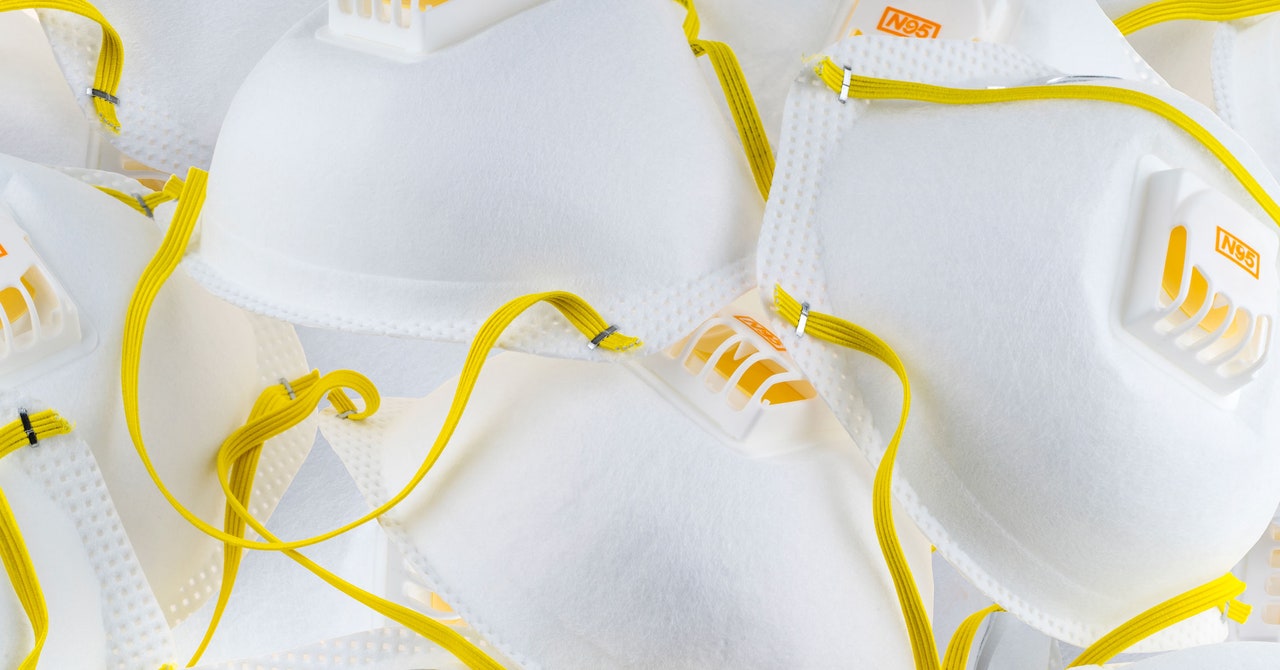
If everything is made of electrons and protons, shouldn’t there be electric forces between everything? Well, sort of. Electrons and protons are super tiny. That means that even a small drop of water will have something like 1022 protons in it. That drop will probably have the same number of electrons. (And no one cares about the neutrons—at least for now.) That makes the overall charge of this drop of water equal to zero coulombs. Even if you have extra electrons in your water, the total charge is going to be small, since the electron charge is puny. Essentially, most of the stuff you can see is electrically neutral with no electric forces.
How Do You Charge Something?
Remember that one time you took a sock out of the clothes dryer and it stuck to your shirt? If that’s a static electricity interaction, how did the sock get charged?
To make a sock negatively charged, there’s only one way to do it—make sure the sock has more electrons than protons. You are going to need a lot of electrons, maybe something on the order of 1013 extra electrons. (To give you an idea of how large this number is, it would be the total number of bills you’d need to give everyone on earth $1,000 in singles.) All those extra electrons would give the sock an overall negative charge of around 1 microcoulomb (1 x 10-6 C).
If you want to make that same sock positively charged, instead of adding electrons you would remove them. This would leave the sock with more protons than electrons for an overall positive charge. But you can’t just remove protons from most objects willy-nilly. Well, you can, but it might be super bad. Think back to the periodic table of elements. Let’s say you start with an object that’s made of carbon, which has six protons in the nucleus. If you removed one of these protons, it would no longer be carbon. It would be boron, which has five protons—and you would have just created a nuclear reaction.
On the other hand, if you take away an electron from carbon, it’s just a carbon ion. It doesn’t transform into a different element.
OK, but how do you add or remove electrons? You really only have two options. The most common method is to transfer electrons from one surface to another by rubbing them. I know that seems silly, but it’s true. If you get a plastic pen and rub it on your wool sweater, both the pen and sweater will become charged. But which one will get the electrons? The answer depends on the two types of materials—and you can figure it out with the help of a thing called a triboelectric series. Using that, we would find that the wool is positively charged and the pen is negative.
If you need another example, this is what happens if you rub a cotton shirt on a plastic playground slide:


